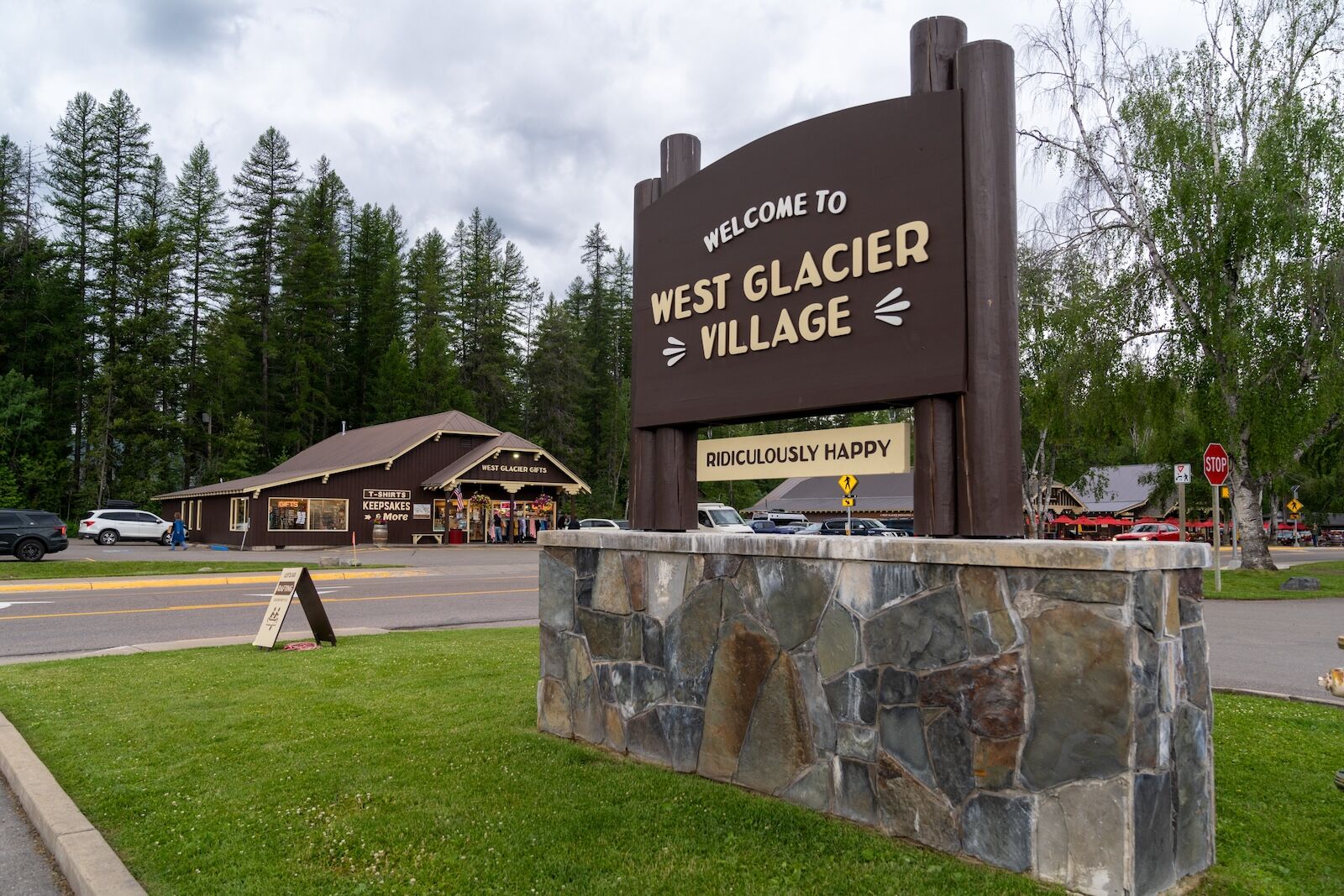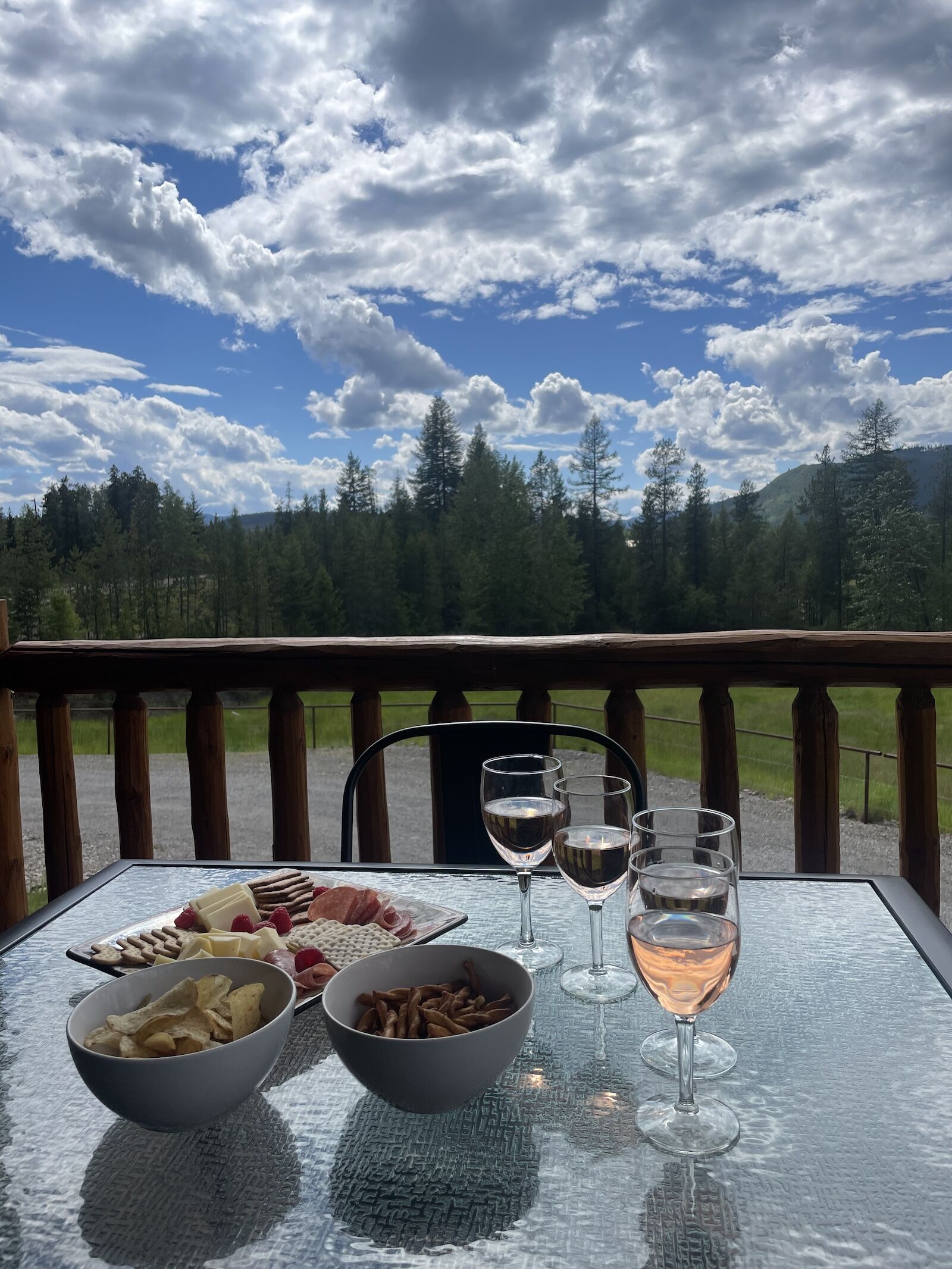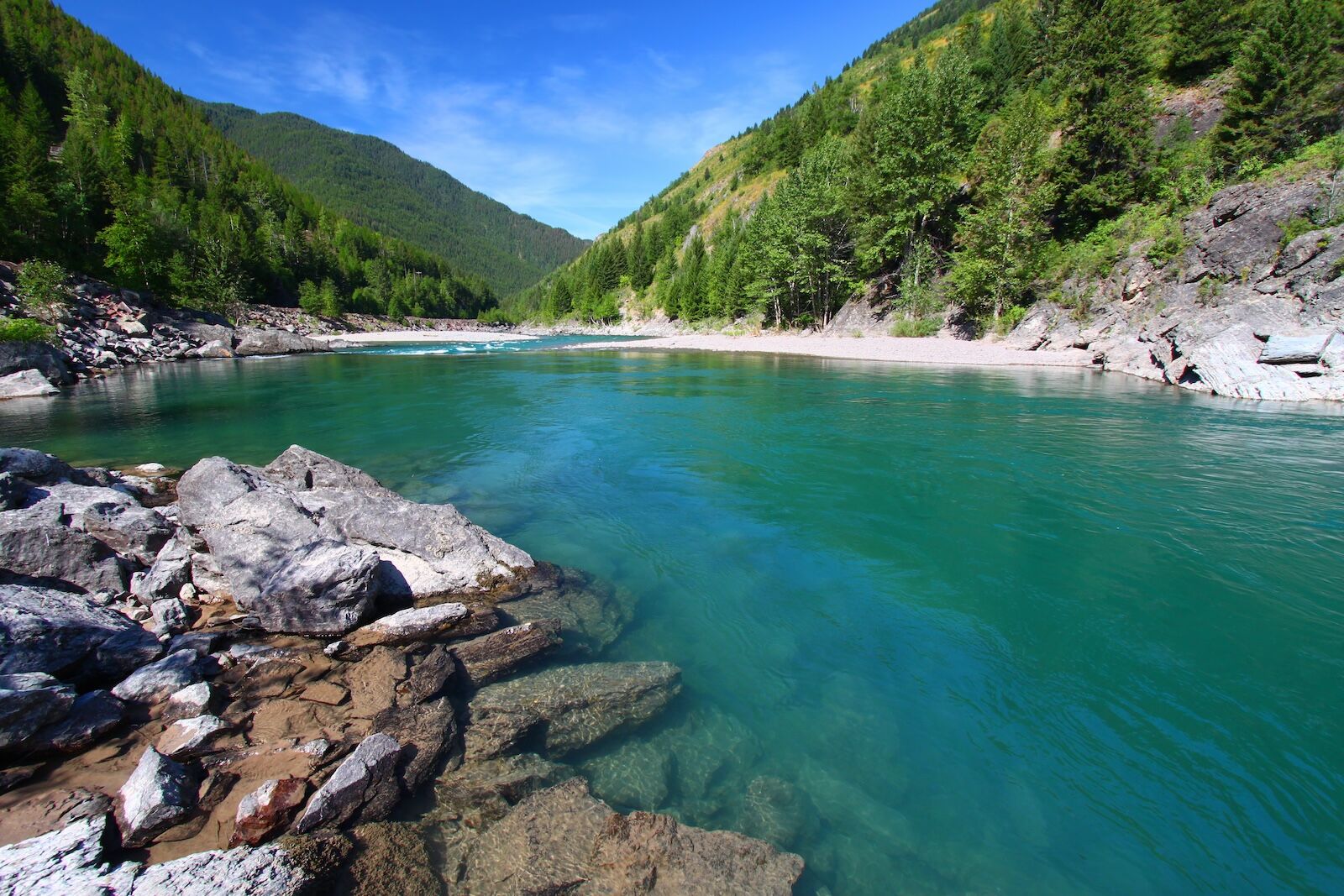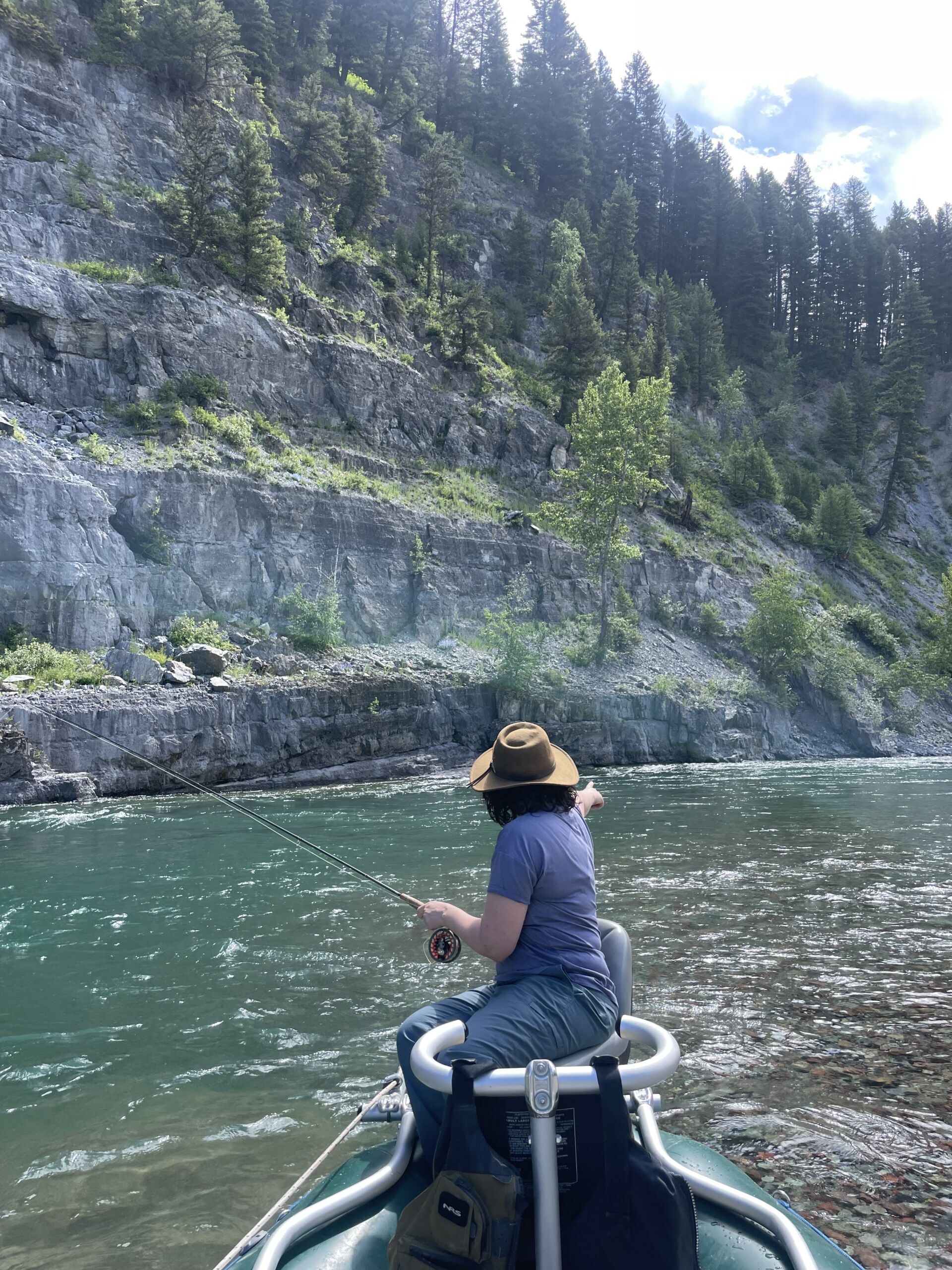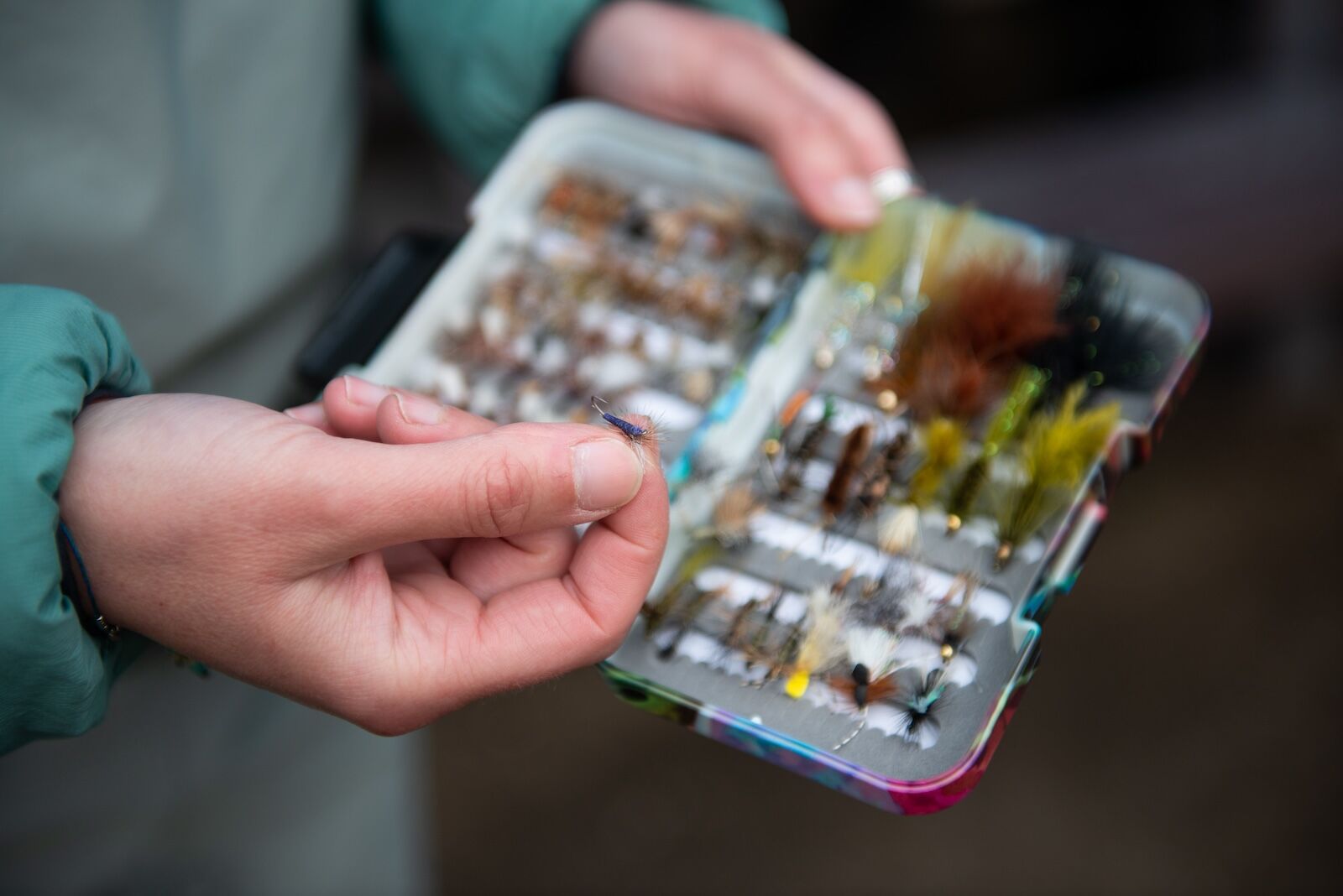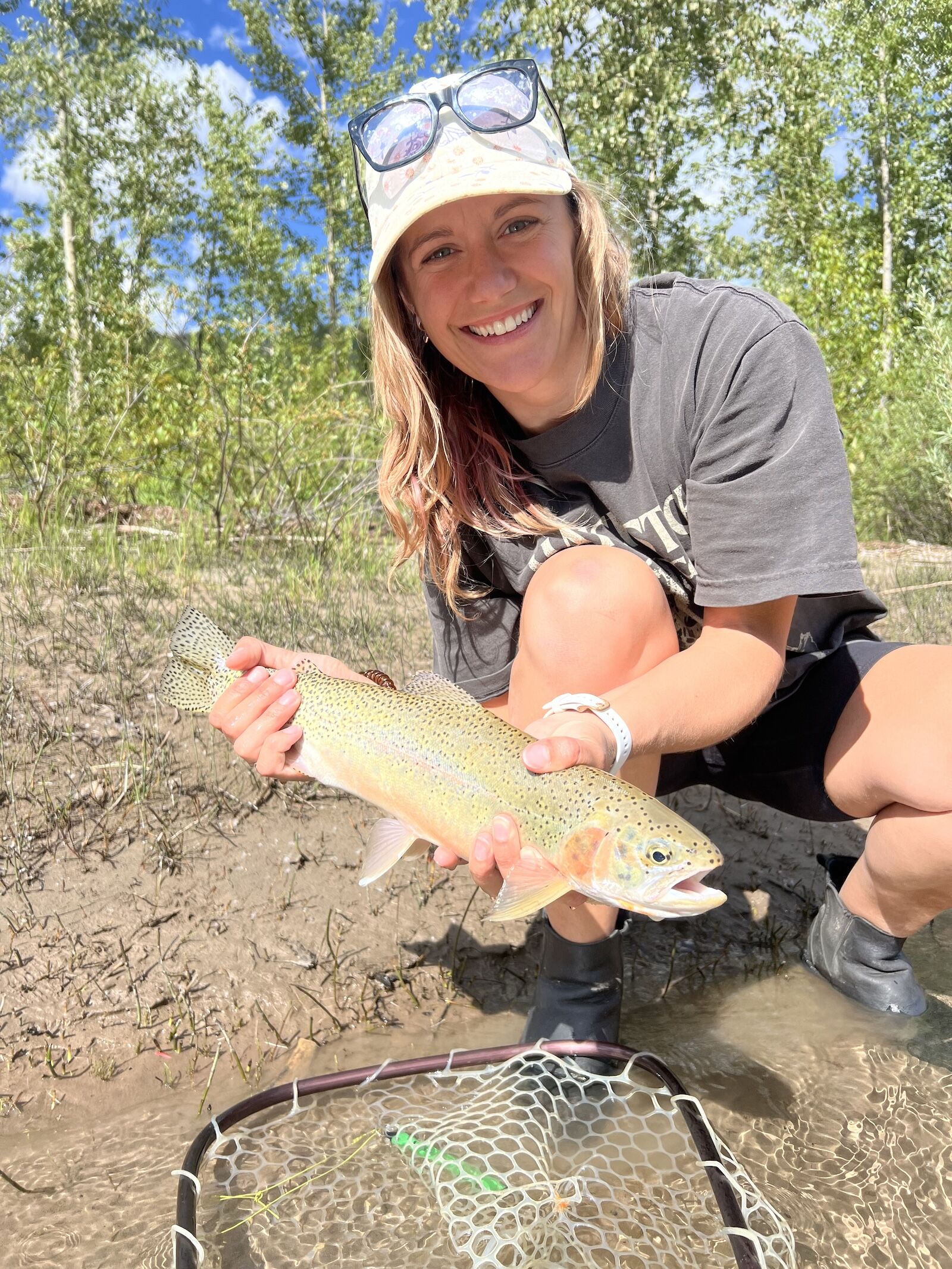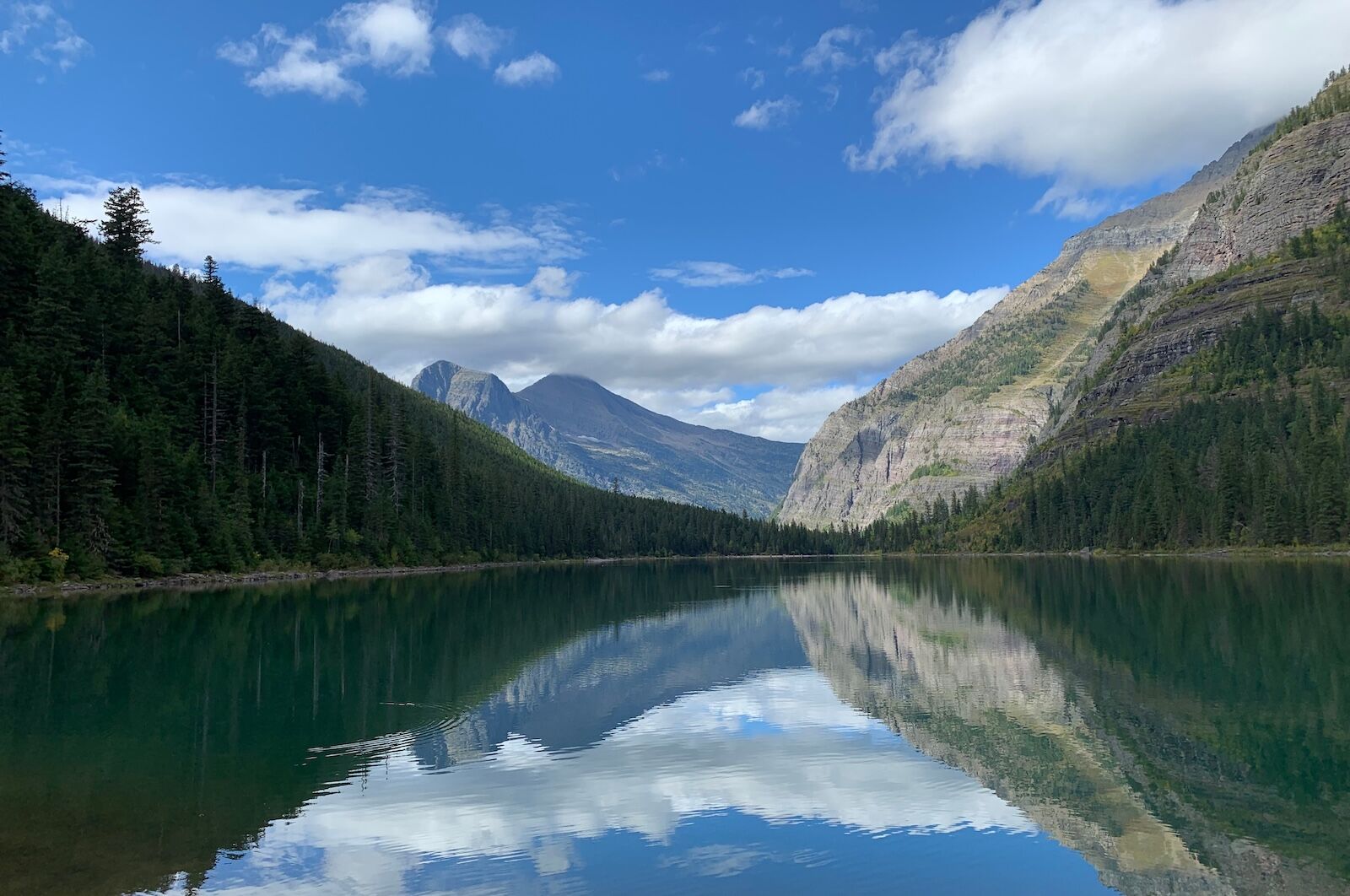The first thing I learned about fly fishing is that those who do it know a lot about fishing, but they know even more about flies. In fact, they’re downright nerdy about flies and bugs. At least the Glacier Anglers and Glacier Raft Company guides at Paddle Ridge are.
Paddle Ridge is a Pursuit Collection accommodation in West Glacier, Montana. It’s also a fly fishing and river rafting outfitter. The guides there know every single species of bug you might expect to encounter on the Flathead River — a powerful, glacial cut of water separating Glacier National Park from the rest of Montana — including when each bug hatches, what their life cycles look like, and what their color patterns are. Paddle Ridge guides have probably even hand-tied a lure to match. Fly fisherman sometimes tote as many as 300 lures to their favorite fishing spots, ready to swap gear at any moment.

